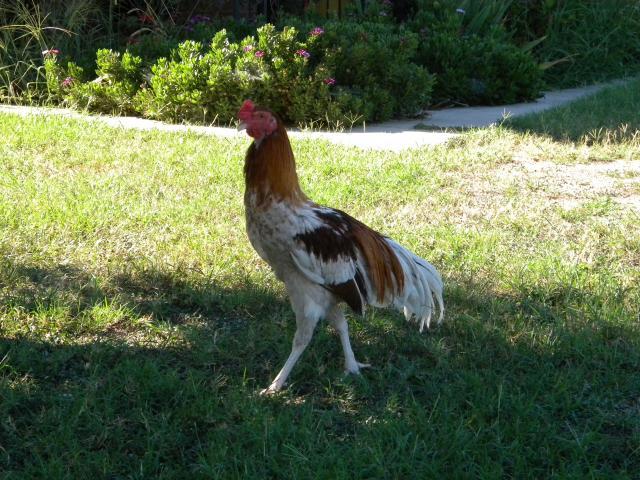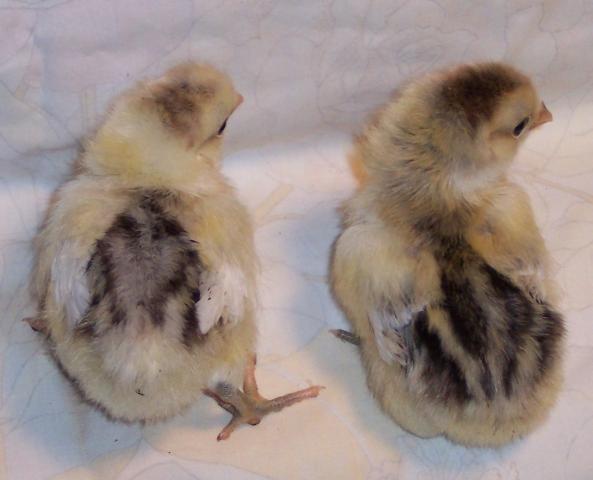Quote:
I will not coment on this issue as this guys have so much experience in their hands I dare not to offend them... but I'll tell you something, one day god willing you will have the chance to prove if this is right or wrong... Here in Nicaragua we the Sport is Strong(CockFighting) this guys are serious about breeding the best with only the best and will stay away from mutts like the plage, but some of their tales on how they got a particular color just don't add up... this is the last thing I'll have to say about this subject...
Quote:
maybe Cubalaya's Brown Red is indeed based on Wheaten with extra melanizer(to cover the wing triangle in black and melanize the hens)... have you seen Brown Red chicks..? are they wheaten looking?
Quote:
by now you probably get the idea that Wheaten is the most Volatile of the "e" Alleles some are completely devoided of Melanin, some chicks have faint white line and some have alot of melanin.. I'll post some pics and some readings when I find it
I will not coment on this issue as this guys have so much experience in their hands I dare not to offend them... but I'll tell you something, one day god willing you will have the chance to prove if this is right or wrong... Here in Nicaragua we the Sport is Strong(CockFighting) this guys are serious about breeding the best with only the best and will stay away from mutts like the plage, but some of their tales on how they got a particular color just don't add up... this is the last thing I'll have to say about this subject...
Quote:
maybe Cubalaya's Brown Red is indeed based on Wheaten with extra melanizer(to cover the wing triangle in black and melanize the hens)... have you seen Brown Red chicks..? are they wheaten looking?
Quote:
by now you probably get the idea that Wheaten is the most Volatile of the "e" Alleles some are completely devoided of Melanin, some chicks have faint white line and some have alot of melanin.. I'll post some pics and some readings when I find it
Last edited:






















